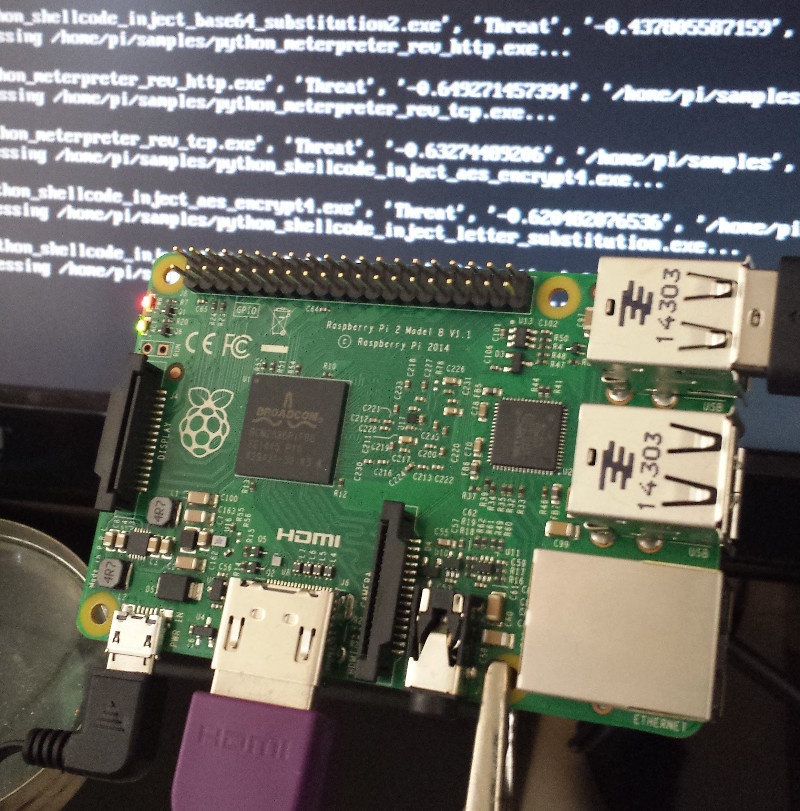Cylance has achieved a number of significant milestones when it comes to computer security. Cylance also hasn’t been shy about showing off its capabilities and demonstrating how effective its software is head-to-head with leading security platforms. Now it wants to show how all of that protection can be run from cheap, low-power, ARM-based hardware like the Raspberry Pi.
Stuart McClure built Cylance on the premise that it’s better to prevent malware and exploits than to try and detect them. It’s a difference between being reactive and only being able to defend against known threats, and using mathematical algorithms to proactively identify and thwart threats. The philosophy and performance of Cylance led to it being the first non-traditional malware protection recognized by Microsoft as a valid defense for Windows PCs.
You might think it takes a powerful machine to provide enough processing horsepower to proactively identify and block all of the hundreds of millions of potential malware threats. It doesn’t. To prove it, Cylance tested its software on Raspberry Pi and other inexpensive kit hardware platforms.
Cylance explains, “There is something amazing about being able to run a full capability Linux operating system on a $35 computer running an ARM processor powered by USB. There is something even more amazing when we can develop and run a completely offline machine learning-based malware detection system that can run on these lower-powered computers with little difficulty.”
[the_ad_placement id=”cylance-logo”]The Cylance protection will even run on a Kindle Fire HD 6 tablet. Cylance had to jump through a few hoops to install an Ubuntu virtual machine on the Amazon device, but the point is that the tablet’s quad-core ARM processor and 1GB of RAM are more than sufficient to run the Cylance Infinity OEM engine.
You won’t necessarily want to set up a Raspberry Pi system just to run Cylance, but the fact that you can is a testament to the strategy behind Cylance malware protection. Cylance sums up, “The engine can operate in any environment from low-powered and portable, to large scale, processing a nearly unfathomable number of files with amazing accuracy.”
- Rethinking Cybersecurity in the Age of AI and Digital Twins - August 25, 2025
- 10 Clever Tech Gadgets Every Student Will Actually Use - August 21, 2025
- The Evolving Face of Ransomware — and How We Can Stay Ahead of It - August 15, 2025



